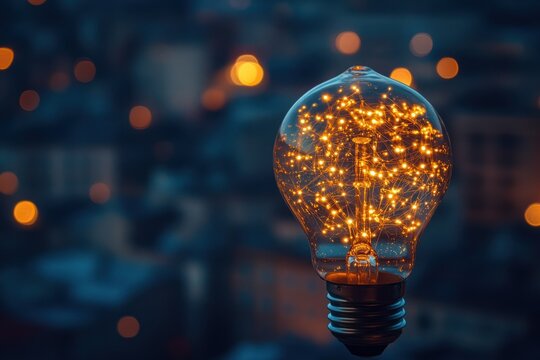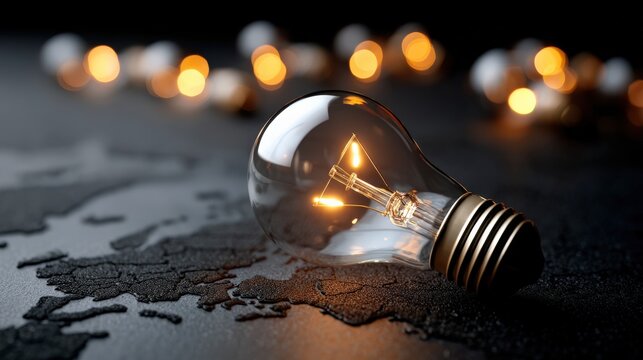 New Delhi: Since the advent of artificial lighting in 1879, this technology has profoundly reshaped the way people live. From the initial survival mode that relied on natural light to the modern society with 24-hour lighting, artificial light sources are quietly posing potential threats to human health while providing convenience.
New Delhi: Since the advent of artificial lighting in 1879, this technology has profoundly reshaped the way people live. From the initial survival mode that relied on natural light to the modern society with 24-hour lighting, artificial light sources are quietly posing potential threats to human health while providing convenience.
Health concerns under light pollution
The latest medical research reveals that long-term exposure to artificial lighting environments may cause four major health risks:
Circadian rhythm disruption
The blue light spectrum (commonly found in mobile phones, tablets and LED lamps) inhibits the secretion of melatonin. Once this key hormone that regulates sleep is reduced, it will not only lead to difficulty falling asleep and fragmented sleep, but also may induce seasonal affective disorder (SAD). It is worth noting that the infrasound interference generated by fluorescent lamp ballasts will also aggravate the decline in sleep quality.
Weakened immune function
Ultraviolet B in natural light is a key source of vitamin D synthesis in the human body. Data shows that people who lack natural light for a long time have vitamin D levels 30% lower than normal people, which in turn leads to reduced immune cell activity. Clinical studies have confirmed that 15 minutes of sunlight per day can reduce the incidence of multiple sclerosis by 40% and increase the control rate of hypertension by 25%.
Risk of metabolic imbalance
Sleep deprivation affects weight through a dual mechanism: on the one hand, increased secretion of growth hormone-releasing peptide leads to hyperphagia; on the other hand, night light interferes with fat metabolism, causing the basal metabolic rate to decrease by 5-10%. A study by the University of Tsukuba in Japan found that for every 10 lux increase in night light intensity, the risk of obesity increased by 17%.

Accumulation of stress
Natural light maintains emotional stability by regulating cortisol levels. Experiments show that subjects who were in an artificial light environment for 3 consecutive days had a 22% higher peak cortisol level than the control group, and a 19% decrease in heart rate variability (HRV), indicating autonomic dysfunction.
Balance of healthy lighting
Experts recommend a "3+2" lighting strategy:
Maintain 10 minutes of natural light exposure per hour during the day
Use 2700K warm light lamps at night
Perform Shinrin-yoku therapy twice a week
With the development of intelligent lighting technology, dynamic color temperature adjustment systems can simulate the sunrise and sunset process. This lighting solution can synchronize the melatonin secretion cycle with the natural light rhythm, and experiments show that it can improve sleep efficiency by 35%.
With the acceleration of urbanization today, how to find a balance between technological convenience and natural needs is becoming an important issue in the design of modern human living environments. A moderate return to natural light may be the most economical and effective solution to maintain physical and mental health.


